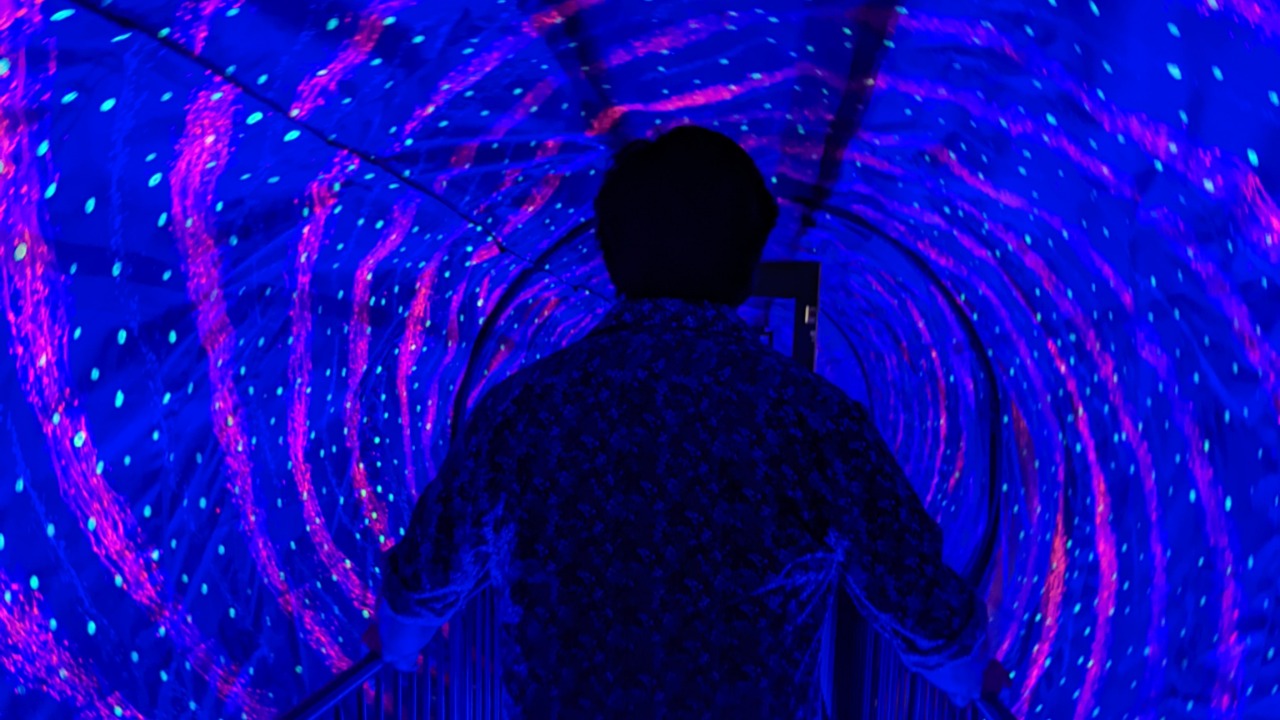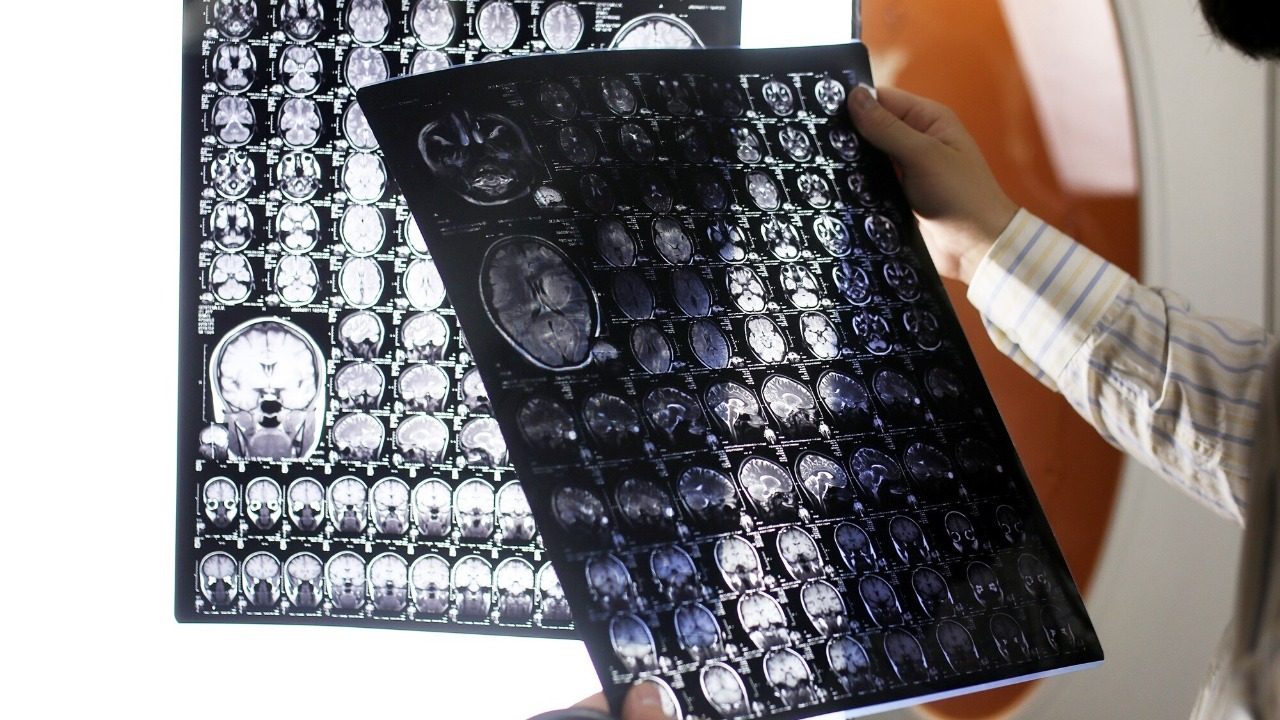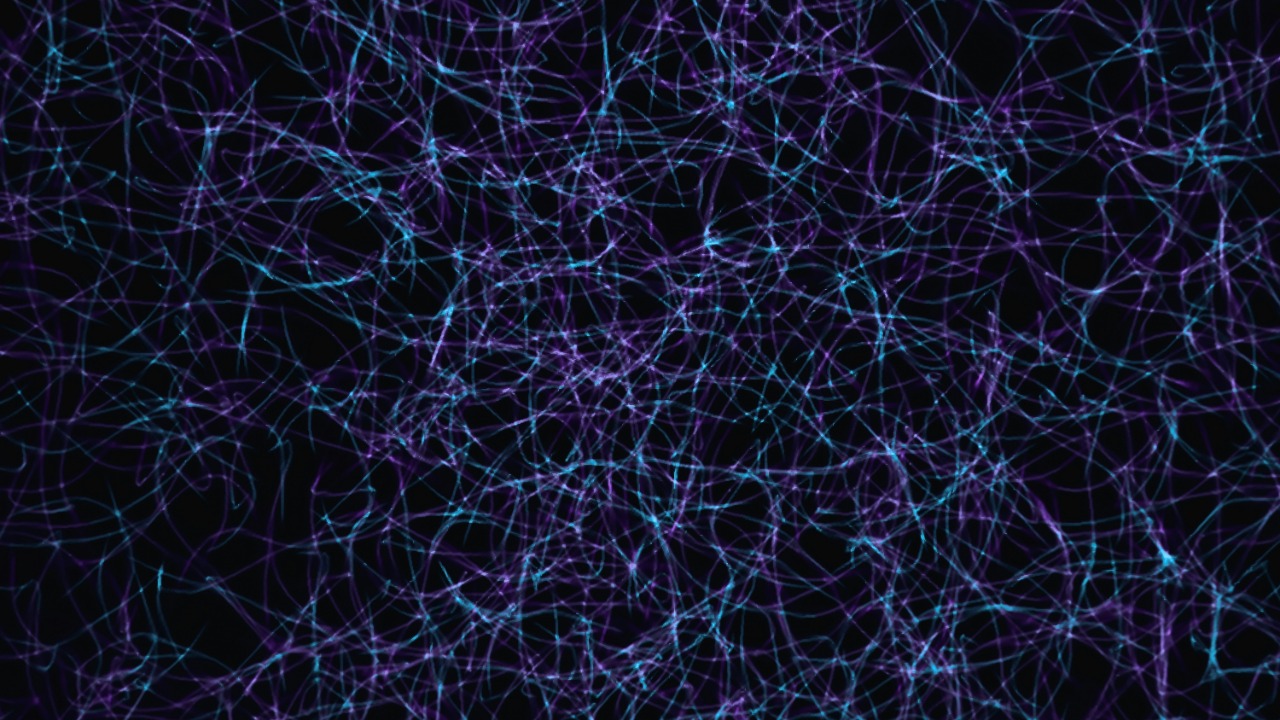
Recent studies have unveiled a fascinating aspect of human cognition: our brains construct an illusory version of reality, prioritizing survival over real-time accuracy. This includes perceiving the world 15 seconds behind actual events to process threats efficiently. This survival-oriented narrative is generated by neurons in the visual cortex, warping sensory input into a version of reality that keeps us alive. Optical illusions serve as prime examples of this adaptive mechanism, with numerous documented cases that trick our perception.
How the Brain Constructs Illusory Perceptions

Our brains are not passive recorders of external stimuli. Instead, they actively generate a personalized reality illusion, filtering sensory data to give us survival advantages. This process primarily involves the visual cortex, where neurons create illusions that warp our perception of reality. These illusions are not mere tricks of the mind; they are integral to our survival, helping us navigate the world and respond to threats efficiently1.
Everyday perceptual shortcuts underscore this mechanism. For instance, our brains often prioritize threat detection over accuracy, ensuring that our version of reality sustains life. This can be seen in how we perceive motion, color, and shape, with our brains often making assumptions that help us quickly identify potential dangers2.
The Role of Time Delays in Reality Perception

Interestingly, our brains operate on a time delay, perceiving the world around us 15 seconds behind real-time events. This delay allows our brains to construct a version of the present based on the past, enabling predictive processing. This mechanism evolved as a survival tool, allowing us to simulate outcomes and avoid dangers before they fully register4.
Consider high-stakes environments like hunting or evasion. In these scenarios, delayed perception aids quick decision-making, allowing us to respond to threats before they fully manifest. This time lag, while seemingly counterintuitive, is a testament to the brain’s remarkable ability to prioritize survival over real-time accuracy.
Optical Illusions as Windows into Brain Tricks

Optical illusions provide a window into how our brains warp visual reality. Five specific illusions demonstrate how our brains fill gaps in information, enhancing our adaptive responses. These illusions persist due to the brain’s evolutionary bias toward assuming patterns for survival3.
These illusions have real-world applications. For instance, our illusion-prone perception helps us navigate uncertain terrains, allowing us to make quick decisions based on incomplete information. This ability to fill in the gaps is a testament to the brain’s remarkable adaptability and its constant drive to keep us alive.
Neuronal Mechanisms Behind Reality Fabrication

The visual cortex plays a crucial role in fabricating illusions. Neurons in this part of the brain actively reinterpret sensory input, creating a version of reality that amplifies survival cues while downplaying irrelevant details2.
Lab-based evidence shows that disrupting these neurons alters our perceived reality, underscoring their protective function. This suggests that our brains are not just passive observers of reality but active constructors of a version of reality that prioritizes survival.
Broader Examples of Perceptual Distortions

There are numerous examples of perceptual distortions that trick our brains. A review of 32 optical illusions reveals our inherent biases about motion, color, and shape. Each category of illusion has survival value, training us to rapidly identify threats in dynamic environments5.
These distortions are not limited to visual perception. Auditory and tactile tricks similarly prioritize life-preserving interpretations, demonstrating the brain’s overarching strategy of survival-oriented perception.
Survival Benefits of a Fabricated Reality

The brain’s illusory reality serves a crucial purpose: it reduces cognitive overload, allowing us to focus on immediate dangers over exhaustive accuracy. There are numerous cases where this fabrication has demonstrably saved lives, from our evolutionary history to our modern reflexes1.
However, this mechanism is not without its limitations. Illusions can lead to errors, but these are balanced against their overall adaptive edge. The brain’s ability to construct a survival-oriented version of reality is a testament to its remarkable adaptability and resilience.
Implications for Understanding Consciousness

Recognizing the brain’s version of reality challenges our notions of objective experience. This ties back to the 15-second perceptual lag, suggesting that our conscious experience is a constructed past rather than an objective present4.
Understanding these mechanisms has potential therapeutic uses. For instance, illusions could be leveraged in training to enhance survival instincts or in mental health interventions. As neuroscience research continues to explore these mechanisms, we may find ways to tweak them for enhanced human resilience.